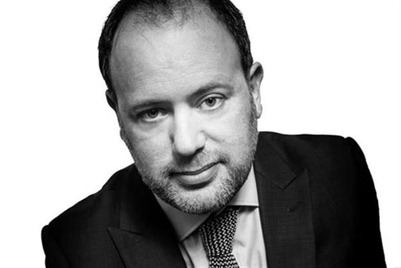
In 2020, consumers are on a rollercoaster that shows no signs of slowing down. COVID-19 and the national reckoning on race and inequality in this country have provided marketers with a fresh challenge: Marketing to consumers whose emotions may be changing by the hour.
No one can rely on a single campaign in this environment. Brands will need to say something different almost every week to stay current and avoid coming across as tone-deaf. They will need to monitor the news closely and be hypersensitive to the emotional tenor of the times. This is a long road back, especially for the hardest-hit industries.
We may eventually pass certain collective milestones—a vaccine, a cure, landmark legislation—that lead people to celebrate, but we’re not there yet.
So how can brands survive this new environment? In many ways, it comes down to thinking local. These three strategies are essential.
Pay attention to regional headlines
As we’re seeing, getting back to work looks different in New York City than it does in Boulder or South Beach. And local sentiment may change again in the coming month as some cities see new coronavirus outbreaks.
Starbucks has used a "monitor and adapt" approach that could work for other brands. It monitors the situation in individual communities and gradually expands customer experiences based on its findings. For instance, some stores may need to continue drive-through service only, while others reopen for mobile or to-go orders.
Reconnect
Consumers’ expectations for any brand or experience have changed for now, and they will keep changing at different speeds around the country. It’s important to frequently check in with consumers and ask what they’d like to see. For example, if you run a restaurant that has started to reopen, find out what concerns customers in specific communities have about going out to eat, and what is working and not working for them at the restaurants they have visited.
Map out the customer journey
Ideally, some of the consumers who are starting to trickle back will realize they missed you as much as you missed them. Think about what you want the next tranche of customers to feel when they come back. What do you want them to see and smell? What are the little steps along the way? What you’ve observed about each wave of customers will be helpful in shaping the experience of more cautious clientele who return later.
Technology is an important part of this. Many consumers appreciate tools that maximize social distancing, such as contactless payments. There are local nuances, however. A hotel guest in a tech-oriented city like Austin, Texas may be fine with checking in via an app, but someone vacationing at a ranch in Montana may still prefer a friendlier greeting by a live person, even if everyone has to wear masks. Brands that pay close attention to how consumers are reacting—and respond quickly if a particular technology starts to seem cumbersome—will have a smoother recovery.
Ultimately, it’s a matter of tuning in to customers and, often, reading between the lines to understand how they really feel. We’re in uncharted waters, but there’s a lot that brands can get right if they listen carefully.
Guy Hayward is global CEO at Forsman & Bodenfors.


+(900+x+600+px)+(3).png&h=334&w=500&q=100&v=20250320&c=1)
+(900+x+600+px).jpg&h=334&w=500&q=100&v=20250320&c=1)
.jpg&h=334&w=500&q=100&v=20250320&c=1)


.jpg&h=334&w=500&q=100&v=20250320&c=1)
+(900+x+600+px).png&h=334&w=500&q=100&v=20250320&c=1)


+(900+x+600+px)+(1).png&h=334&w=500&q=100&v=20250320&c=1)




.jpg&h=268&w=401&q=100&v=20250320&c=1)


